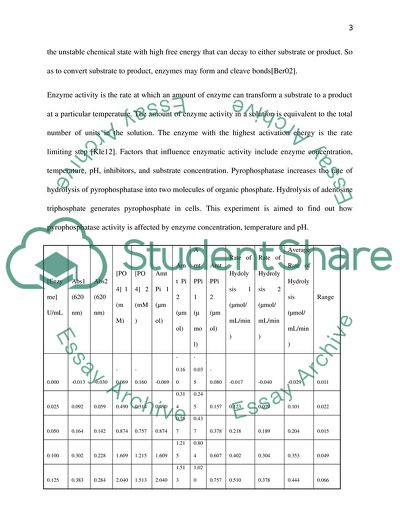Cite this document
(Effect of Enzyme Concentration, Temperature and pH on Enzymes Lab Report Example | Topics and Well Written Essays - 1500 words, n.d.)
Effect of Enzyme Concentration, Temperature and pH on Enzymes Lab Report Example | Topics and Well Written Essays - 1500 words. https://studentshare.org/chemistry/1871557-enzymes-lab-report
Effect of Enzyme Concentration, Temperature and pH on Enzymes Lab Report Example | Topics and Well Written Essays - 1500 words. https://studentshare.org/chemistry/1871557-enzymes-lab-report
(Effect of Enzyme Concentration, Temperature and PH on Enzymes Lab Report Example | Topics and Well Written Essays - 1500 Words)
Effect of Enzyme Concentration, Temperature and PH on Enzymes Lab Report Example | Topics and Well Written Essays - 1500 Words. https://studentshare.org/chemistry/1871557-enzymes-lab-report.
Effect of Enzyme Concentration, Temperature and PH on Enzymes Lab Report Example | Topics and Well Written Essays - 1500 Words. https://studentshare.org/chemistry/1871557-enzymes-lab-report.
“Effect of Enzyme Concentration, Temperature and PH on Enzymes Lab Report Example | Topics and Well Written Essays - 1500 Words”. https://studentshare.org/chemistry/1871557-enzymes-lab-report.


